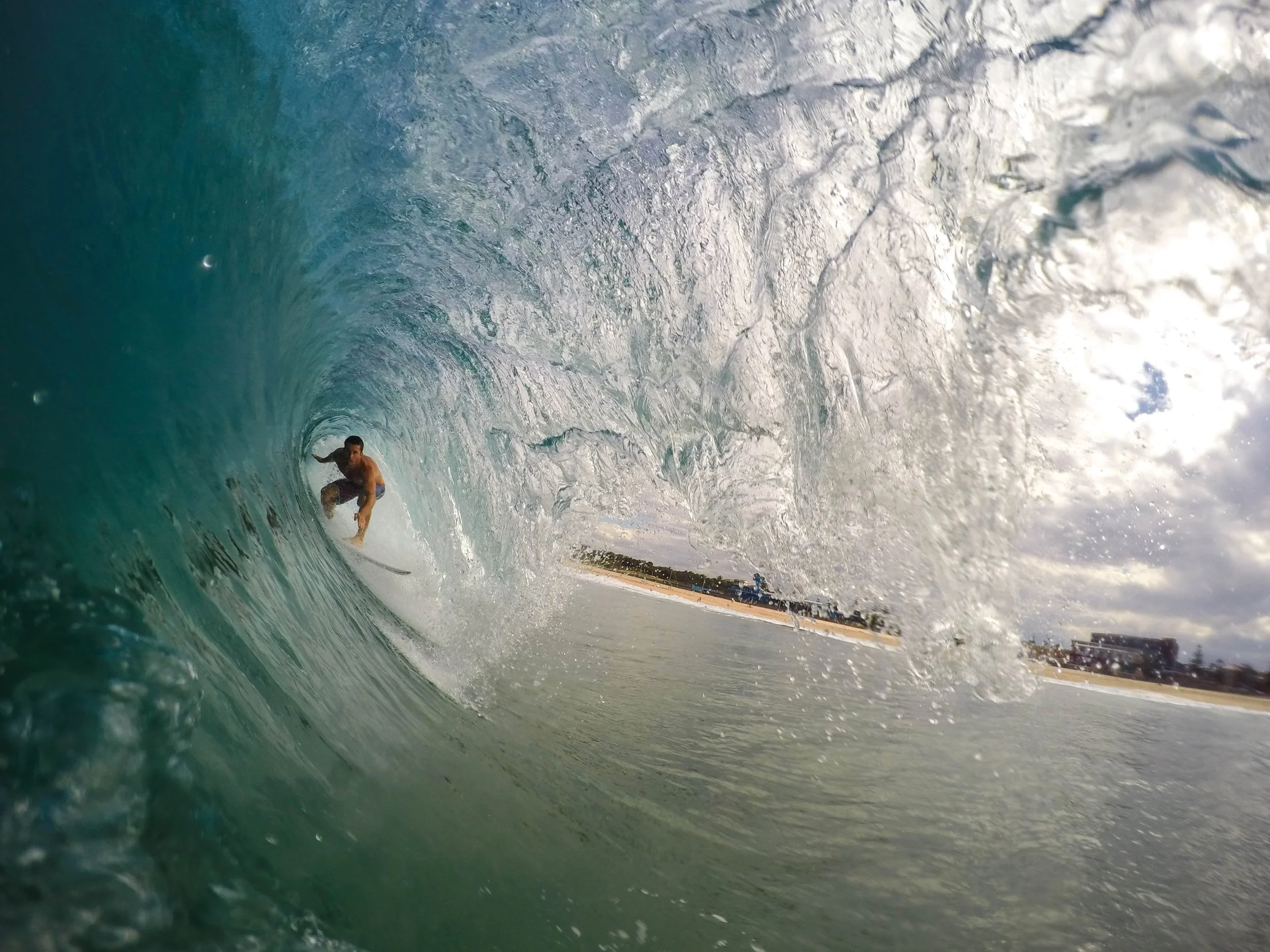Navigate discomfort and distress with Urge Surfing
Recently I celebrated my 47th birthday. To celebrate I made a German Chocolate Cake from scratch.
I thoroughly enjoy a piece of cake and ice cream on my birthday. Unfortunately, the day after, I’m left with 2/3rd of a full cake. I’ve wrapped it up and put it in the freezer in years past. Unfortunately, German Chocolate Cake tastes pretty wonderful frozen. Regardless of my intentions, I find myself standing in front of our garage freezer, fork in hand, scooping out bite after bite of delicious bite of cake nightly until it’s gone.
This year, I didn’t want to end up eating a whole cake, so I sent the rest of it home with my mom to put in her freezer. It will stay safely intact at her house and we can enjoy it for another family event at a later date.
The cake in my freezer is an example of dealing with an external trigger. The cake is gone, so I don’t have to think about it anymore. There is no urge to navigate.
What happens when you can’t ditch the trigger? What happens when the distress is internal? How nice would it be to put the feelings of shame, embarrassment, anxiety, guilt or anger in someone else’s freezer? Unfortunately, it doesn’t work that way.
One strategy you can use to address discomfort is to learn to Urge Surf.
Urge surfing is the process of allowing the thoughts, emotions and sensations you feel in response to the trigger to rise and fall within you without a battle or undue resistance.
The key word in the above definition is “allowing”.
How do you Urge Surf?
First, get in touch with the thoughts, emotions and sensations that are present.
Let’s use a more internal example here. We just passed Thanksgiving. Let’s say a relative of yours said something about politics and another relative strongly disagreed with them. It was uncomfortable at the moment, but it passed and people moved on. Unfortunately, now it’s the next day and you’re still bothered by it.
Thoughts: Why does this relative have to always bring up politics? It feels like they want to stir people up. I hate that we can’t just be relaxed around each other anymore.
Emotions: Frustration, anger, disappointment, fear, exhaustion, irritation
Sensations: Tightness on the top of my head, pit in stomach, lump in throat
Next, now that you’ve taken note of the thoughts, emotions and sensations that are present, actively drop the idea that you are going to struggle with them. Just as you’re not going to head out into the ocean and try to stomp out the waves with your feet. In this step, you’re not going to try to tamp down what is showing up for you internally.
Instead, imagine all of your thoughts, emotions and sensations coming together in a large wave. You will probably feel their power and momentum as you focus in on them.
Normally, you might feel helpless in the face of this wave. You may resort to the most common coping strategies that people use when they encounter difficult emotions. They obsess over it, stuff it down or deflect it.
When you Urge Surf, you have access to totally different tool. You get a surfboard.
You’re now a surfer!
Your job is to ride this wave with your breath. Your breath becomes the tool that allows you to ride the wave instead of getting swept up under it.
When you urge surf, you ride the urge wave from the beginning as it grows. You stay with it through the peak of the intensity, keeping your balance while it rises until it subsides and washes up on shore.
Using your breath, to stay on the board, you transform into a highly skilled surfer who ride can monster waves, full of lots of thoughts, emotions and sensations. You can stay on top of it instead of being wiped out by it.
As you urge surf, you may notice that many waves rise and fall. Continue this process with your breath. As you do so, engage your curiosity. Make adjustments as necessary.
Some additional questions that can be helpful are:
When have you really sat with this urge as opposed to reacting to it?
Is it possible to offer your body some additional support by simply touching the areas of your body where you feel the sensations right now? For example, if you feel a pit in your stomach, as you are breathing, can you place your hand on your belly to offer it some gentle support? What happens when you do this?

